Inside superstar architect Rem Koolhaas’ ingenious new art space in the heart of the Marais
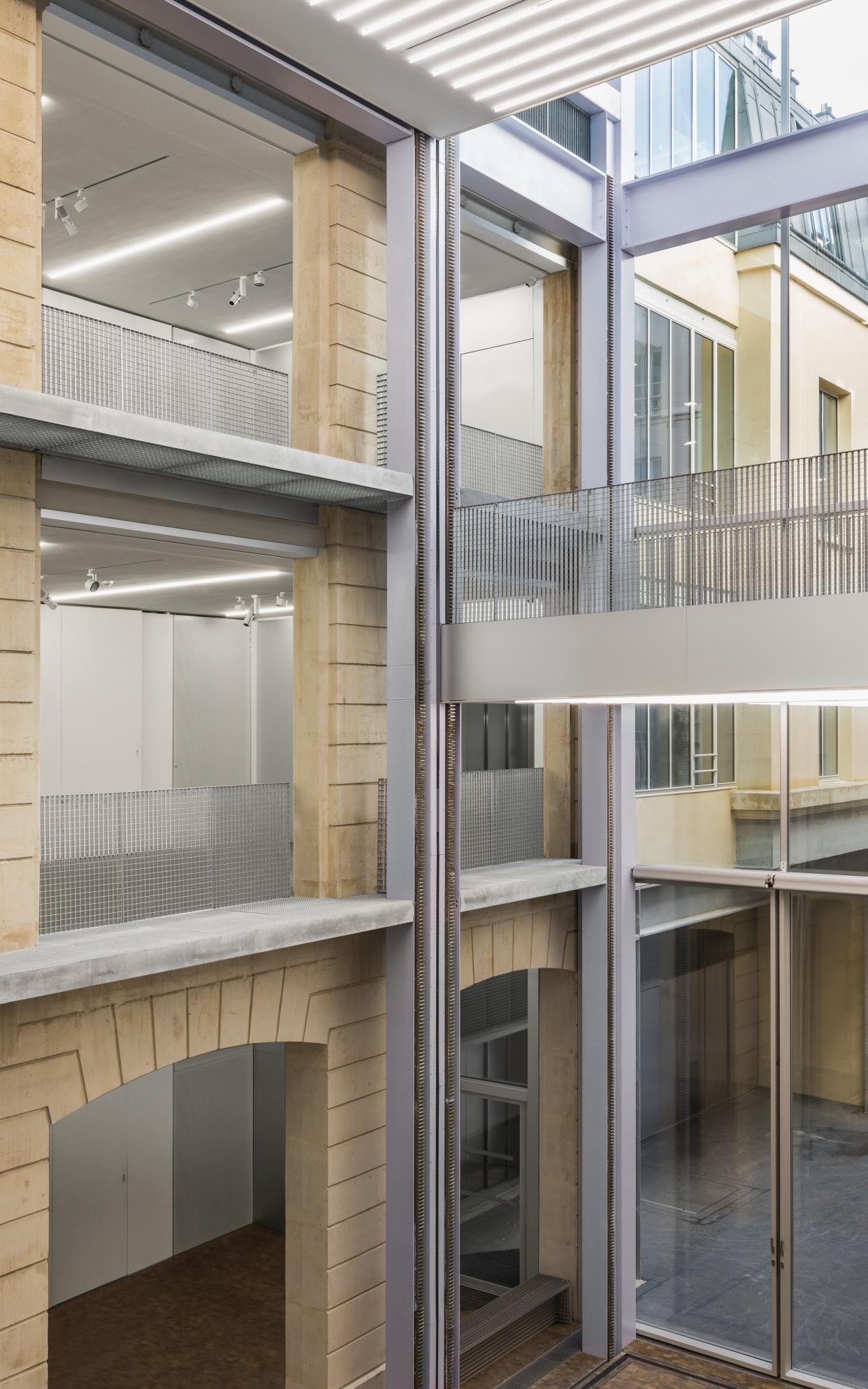
You would have thought that an architect of Rem Koolhaas’s status would have left a major mark on Paris before now. His firm, OMA, has delivered everything from Prada boutiques that, starting in Manhattan in 2001, reconfigured the look and feel of high-end retail, to superstructures like the CCTV building in Beijing in 2012, which took the long skinny model of the skyscraper and then bent it all the way round into a radical square.
But apart from a rose-gold store for jeweller Repossi on Place Vend?me and the white-on-white interior of restaurant La Dauphin, Koolhaas – superstar or not – has barely bothered the city of light. Until now.
All that changes from this Saturday, 10 March, when the translucent glass doors of 9 rue du Platre will slide open for the public to step inside for the first time.
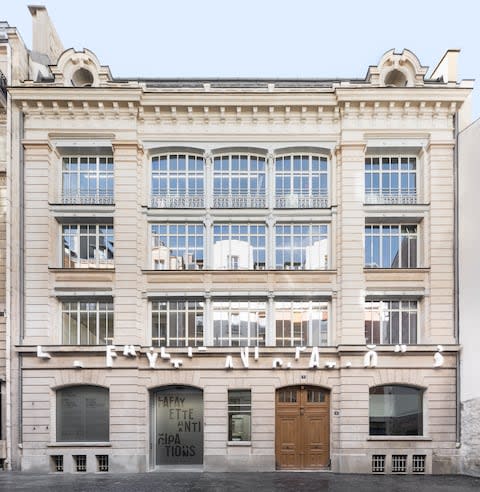
From the outside, nothing is visible bar the existing 19th century fa?ade, behind which straw hats were once mended – a speciality repair offered by the nearby BHV department store. But inside is a massive blast of contemporary invention: four moving floors that can rise up and down within the central space, topped off with a glass box for a roof.
“From the beginning,” says Koolhaas, “I thought of this as more of a tool, or a machine, than a building. I wanted to do something super-contextual and super-discreet.” Indeed, so discreet is it, that peer into the building through the arched windows from the street, and you will see…precisely nothing at all.

The building is the new home of Lafayette Anticipations, part of the Galeries Lafayette’s art foundation, where artists will be invited not just to show but also to make work.
There is a neat production space in the basement, complete with a CNC milling machine; a laser cutter; a paint spraying area; and decent-sized printers, where artworks can be created and the organisation’s own printed matter can be cranked out.
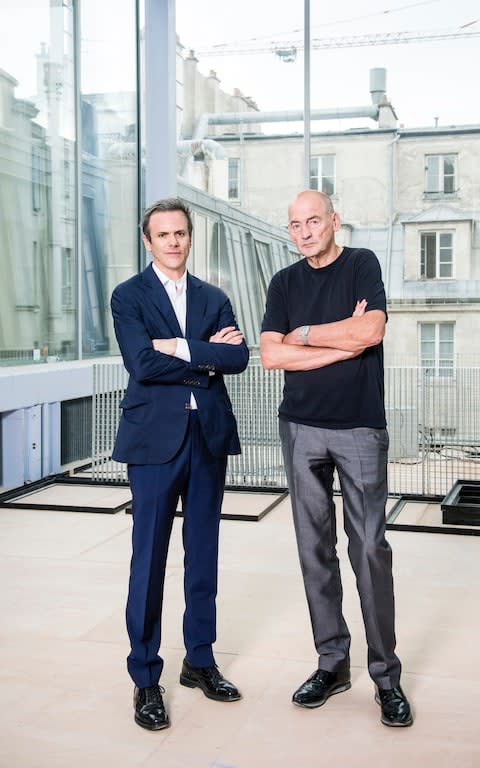
“We thought, what can we do for artists that doesn’t happen elsewhere?” says Guillaume Houzé, the 37-year-old great-great grandson of the Galeries Lafayette’s founders (the company has also owns the seminal home improvement store BHV).
An art obsessive – known for some rampant collecting of young contemporary French artists from his twenties onwards – he wears several hats, including the one that allowed him to launch this project.
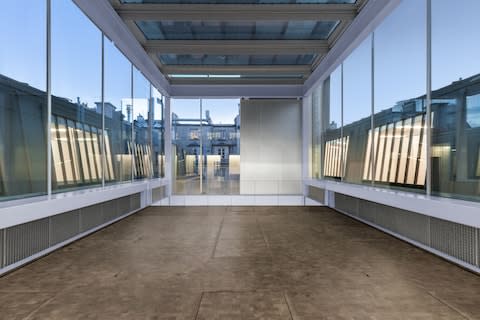
To Houzé, it’s as important that this is a place of creation, as much as one of display. It brings a hint of industry back to what was once a hard-working warehouse for the BHV store, before the milliners came in.
When Houzé invited Koolhaas and his team to start work on the project in 2013, it was thought that most of what remained behind the exterior of 9 rue du Platre could be taken away. But then it turned out that the left and right-hand “wings” had to remain, leaving a U-shaped building around a courtyard.
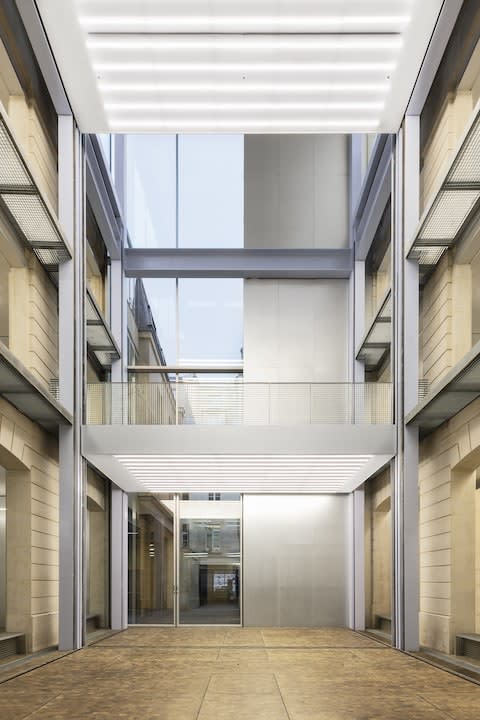
“Our room for manoeuvre had become smaller and smaller,” says Koolhaas. “So we thought about introducing something that could change its relationship with the existing building continually.”
The answer is the four moving floors at its heart, handsomely surfaced with burnt oak wood block, which are further divided horizontally into two: all parts can move up and down. A staggering 49 different configurations can be introduced depending on which bit of floor is where.
“Artists are ingenious and sensitive and can deal with extreme challenges,” continues Koolhaas. “They are versatile. They will make extraordinary things happen here.”
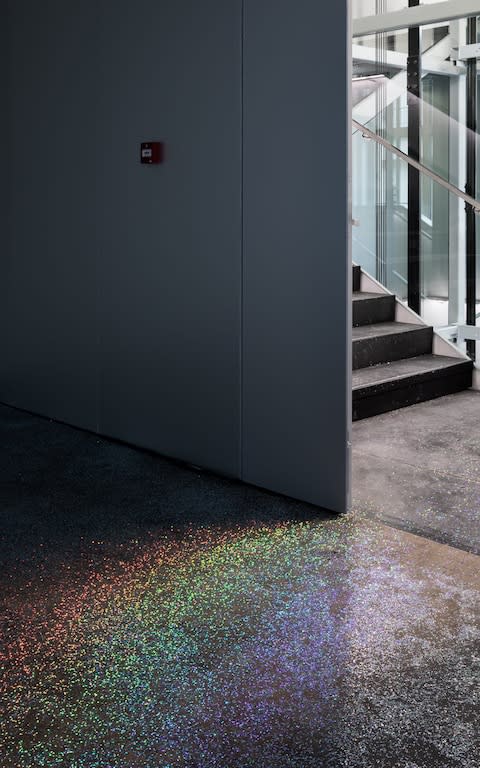
The first to do so is the elusive Lutz Bacher, a female artist in her seventies, based in California. Bacher has taken on the entire building, filling the space with the sounds of whirling seaside winds recorded at Cap Ferret on France’s west coast.
She has covered its floors with glitter and used its perimeter walls to show film of its broad beaches where old military emplacements are sinking lopsidedly into the sand, looking more like an abandoned movie set than the aftermath of war. She has left the central core free – so those moving floors get to be admired in their own right.
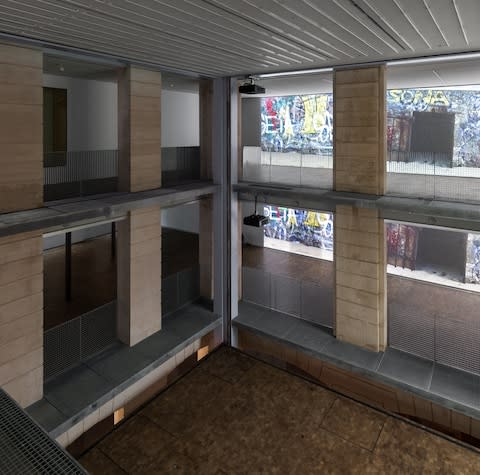
Lafayette Anticipations (a hopeful name, suggesting great things to come) is a stone’s throw from the Pompidou Centre and there’s no doubt that Koolhaas is paying tribute to its 41-year-old ancestor.
If the Pompidou proposed transparency, flexibility and, in the words of its architects Renzo Piano and Richard Rogers, “a place for all people” when it opened in 1977, Lafayette Anticipations is doing the same on a miniature scale and a private budget.
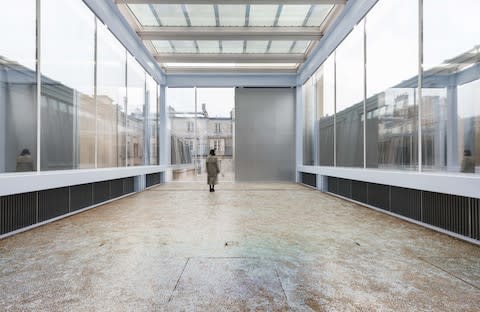
There is a wholesome looking café: a petit outpost of Paris’s vegan Wild & the Moon on the ground floor, furnished with roughly finished wooden tables by super-fashionable French design company Cigue, and an elaborately stocked shop that its director Pauline Vincent wants to be “the best museum store in the world”, also by Cigue.
Vincent is off to a flying start with artists editions – Maurizio Cattelan football scarves (they say Lafayette, rather than Paris St Germain), rubber gloves bearing artwork by Cory Arcangel – and a bookshop curated by gallerist Yvon Lambert.
It’s culture meeting commerce, alright, but beautifully done. And a new place to meet in the Marais. See you in Wild & the Moon very soon.
Lutz Bacher The Silence of the Sea runs from March 10 - April 30 at Lafayette Anticipations, 9 rue du Pla?tre, 75003 Paris; lafayetteanticipations.com